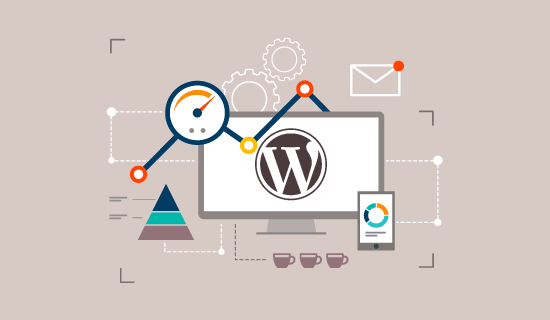Your website is often the first point of contact between your business and potential customers in these modern times. A sluggish, unresponsive website frustrates users and can drive them away, potentially costing your business valuable opportunities and revenue. You must learn how does PKI work to secure your web presence. To ensure a positive user experience, optimizing your website for speed and performance is crucial. In this article, we’ll explore the steps you can take to transform your slow-loading website into a lightning-fast one for assured success.
The Importance of Website Speed
Website speed is more than just a minor inconvenience; it’s a pivotal factor in determining the success of your online presence. Slow-loading websites can significantly impact user experience, bounce rates, and search engine rankings. Here’s why it matters:
User Experience
Users expect websites to load almost instantaneously. When your site takes too long to load, visitors are likelier to abandon it and seek alternatives. This results in a poor user experience, harming your brand’s reputation.
Bounce Rates
A high bounce rate, the percentage of visitors who leave your website after viewing only one page, is often linked to slow-loading pages. Users simply don’t have the patience to wait for your content to appear. High bounce rates can negatively impact your website’s performance and conversion rates.
Search Engine Rankings
Search engines like Google prioritize fast-loading websites in their search results. Slow-loading pages can lower search engine rankings, making it harder for potential customers to find your site.
How to Enhance Your Website
Now that you understand why website speed is crucial let’s delve into the steps you can take to enhance your website’s performance and user experience.
Optimize Images
Large, uncompressed images are the most common culprits behind slow-loading websites. To speed things up, compress your images without compromising quality. Use image optimization tools and consider formats like WebP, specifically designed for web use.
Minimize HTTP Requests
Each element on a webpage, such as images, scripts, and stylesheets, requires a separate HTTP request. Minimizing these requests can significantly speed up your website. Combine multiple CSS and JavaScript files into one, use image sprites, and remove unnecessary elements.
Leverage Browser Caching
Browser caching allows a user’s browser to store certain elements of your website locally, reducing load times for repeat visitors. By setting expiration dates for your website’s resources, you can ensure that users don’t need to download the same files on each visit.
Content Delivery Network (CDN)
A Content Delivery Network is a network of servers strategically placed worldwide. When a user accesses your website, the CDN serves content from the server closest to their location. This reduces the time it takes to load your pages and improves user experience.
Minify CSS and JavaScript
Minifying CSS and JavaScript involves removing unnecessary spaces, line breaks, and other redundant characters. This reduces the size of these files, making them quicker to load. There are various tools available to automate this process.
Use a Fast Hosting Service
Your web hosting service plays a critical role in website speed. Opt for a reliable hosting provider that offers fast server response times. Consider using a Virtual Private Server (VPS) or dedicated hosting for even better performance.
Implement GZIP Compression
GZIP compression reduces the size of your web pages, making them quicker to load. Most modern web servers and browsers support GZIP compression. You can drastically improve load times by enabling this feature on your server.
Limit External Embedded Media
While embedding videos and media from external sources can enhance your website’s content, it can also slow down your site if not optimized properly. Use lazy loading for videos, and consider hosting important media files on your server.
Regularly Update Your CMS
Content Management Systems (CMS) like WordPress often release updates that improve performance and security. Ensure you’re running the latest version of your CMS and update plugins and themes.
Monitor and Analyze
Regularly monitor your website’s performance using tools like Google PageSpeed Insights, GTmetrix, or Pingdom. These tools provide insights into your website’s speed and offer suggestions for improvement. Analyze the results and make the necessary adjustments.
Conclusion
A slow-loading website can be a major hurdle to your online success in the digital age. Users expect speed and performance, and search engines reward it. By implementing the strategies outlined in this article, you can transform your website from a sluggish liability to a speedy asset. Speed matters, and making your website lightning-fast is worth the effort.
